Interphase structuring for improved toughness according to biological principles | Funding Period 2
The primary goal of the project is the transfer of material concepts found in biological structures that allow high toughness in composites by the implementation of bioinspired transition zones between impregnated reinforcing textiles to the concrete matrix. Alternating layers of organic and inorganic materials as well as open-cell polymer structures are implemented in interphases to achieve enhanced fracture toughness and to avoid cleavage cracks between textile reinforcing structures and concrete under high stresses.
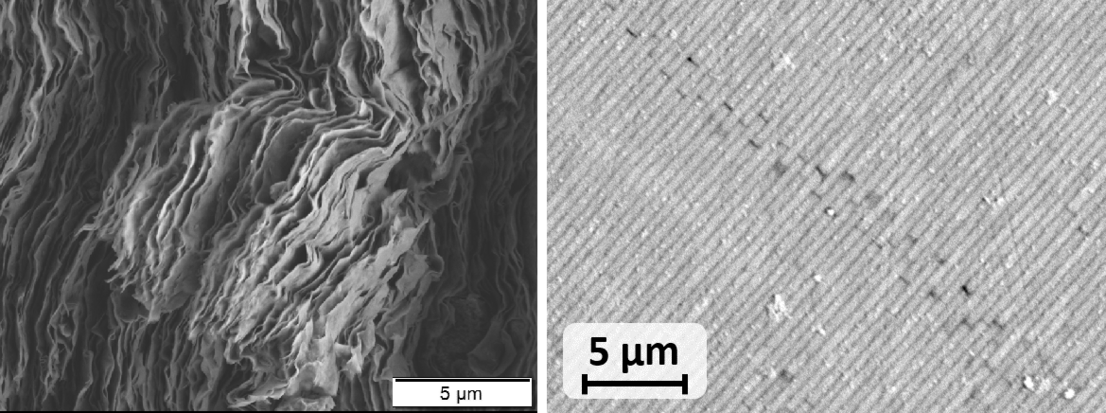
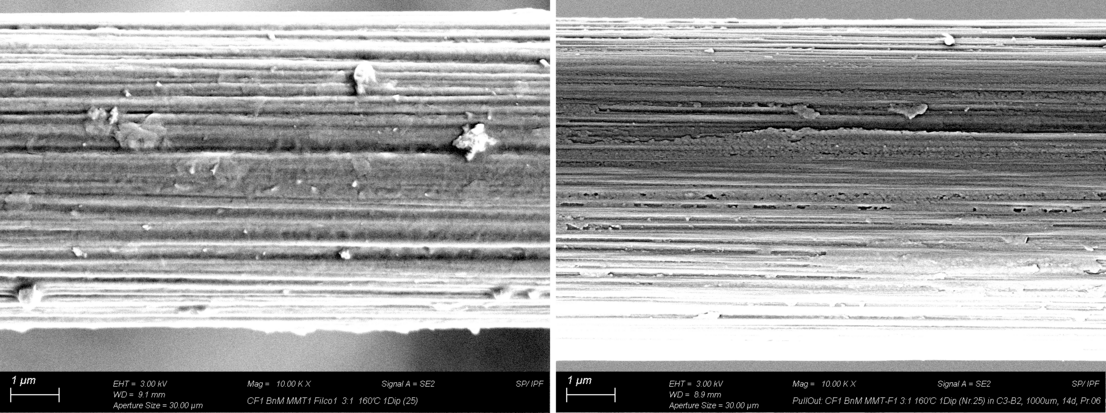
Scientists

D-01069 Dresden (Germany)
![Dipl.-Ing. Toni Utech [Translate to English:]](/fileadmin/_processed_/3/5/csm_B03_Utech_Quadratisch_77473a8fc6.jpg)
D-01069 Dresden (Germany)
![M.Sc. Lissy Flechsig [Translate to English:]](/fileadmin/_processed_/1/a/csm_2024_B03_Flechsig_quadratisch_b2eaa208da.jpg)
01069 Dresden (Germany)
Cooperations
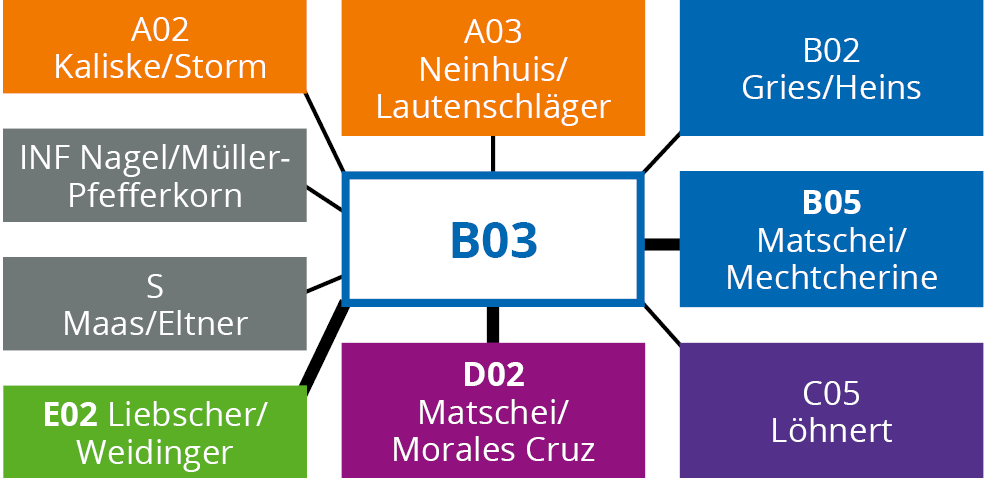
Development of New Interphases Based on Organic/Inorganic Layered Structures for Continuous Fiber Reinforcements | Funding Period 1
Nature offers outstanding concepts for combining inorganic and organic materials to create high-performance composites with efficient material usage. Examples are the structures of nacre or glass sponge. The 3D skeletal structure of glass sponges is created from a ring-shaped and yet very complex interplay of different, primarily brittle filament-like components, which are connected to each other in layers by very small amounts of ductile organic components. A structure with specific mechanical properties is created across all scales – from nano- to micro- to macroscopic scale – with efficient use of predominantly brittle, mineral materials. The transfer of this concept to the development of endless fiber-based reinforcement structures for high-strength, ductile mineral-bonded composites is the main goal of this subproject. Inorganic layers/particles and organic layers are applied to the fiber surfaces of rovings (multifilament yarns) in such a way that a multilayer coating structure is created.
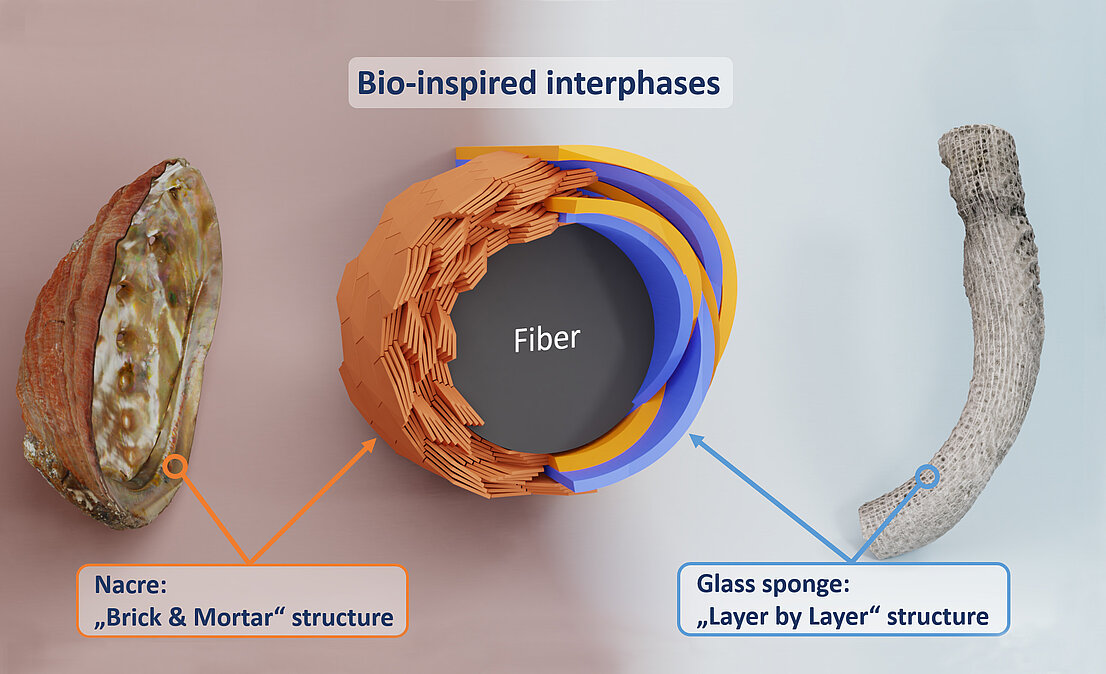
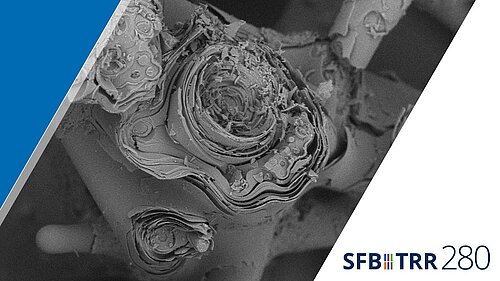
Publikationen | Publications
Bompadre, F.; Scheffler, C.; Utech, T.; Donnini, J. (2021) Polymeric Coatings for AR-Glass Fibers in Cement-Based Matrices: Effect of Nanoclay on the Fiber-Matrix Interaction in: Appl. Sci. 11, issue 12, 5484 – DOI: 10.3390/app11125484
Marquis, E.; Utech, T.; Klempt, V.; Scheffler, Chr.; Loehnert, S. (2023) Computational Modeling and Experimental Investigation of a Single-Fiber-Pull-Out Test with a Bio-Inspired Carbon Fiber-Matrix Interphase in: Ilki, A.; Çavunt, D.; Çavunt, Y. S. [eds.] Building for the Future: Durable, Sustainable, Resilient – Proc. of fib Symposium 2023, 05.–07.06.2023 in Istanbul (Turkey), publ. in: Lecture Notes in Civil Engineering 350, Cham: Springer, p. 1252–1261 – DOI: 10.1007/978-3-031-32511-3_128
Utech, T.; Kruppa, H.; Vollpracht, A.; Scheffler, Chr. (2022) Interphases with organic/anorganic layered micro-structures for enhanced carbon-fiber-matrix interaction in alkali-activated binders in: Stokkeland, S.; Braarud, H. C. [eds.] Concrete Innovation for Sustainability – Proc. for the 6th fib International Congress 2022, 12.–16.06.2022 in Oslo (Norway), Oslo: Novus Press, p. 547–556.
Utech, T.; Neef, T.; Mechtcherine, V.; Scheffler, C. (2023) Bio-Inspired Impregnations of Carbon Rovings for Tailored Bond Behavior in Carbon Fiber Reinforced Concrete in: Buildings 13, issue 12, 3102 – DOI: https://www.mdpi.com/2075-5309/13/12/3102
Vorträge und Poster | Oral presentations and posters
Utech, T.; Diring, O.; Synytska, A.; Scheffler, Chr. (2021) Bioinspired functional interphases in carbon fiber reinforced concrete composites poster at:Aachen-Dresden-Denkendorf International Textile Conference 2021, 09./10.11.2021 in Stuttgart (digital event).
Utech, T.; Scheffler, C. (2023) Micro-Mechanical Analysis of Bio-Inspired Interphases in Fiber Reinforced Polymer- and Concrete Composites oral presentation at: FEMS-EUROMAT 2023, 03.–07.09.2023 in Frankfurt am Main.
Utech, T.; Neef, T.; Mechtcherine, V.; Scheffler, C. (2023) Micro- und macromechanical pull-out tests on carbon fiber-reinforced concrete with bio-inspired impregnations poster at: ADD-International Textile Conference 2023, 30.11.–01.12.2023 in Dresden.
Studentische Arbeiten | Student’s works
Brahimi, F. (2023) Experimentelle Untersuchungen zum Materialverhalten einer modifizierten Carbonbewehrung [Bachelorarbeit | Bachelor's thesis] (mit | with C02)



